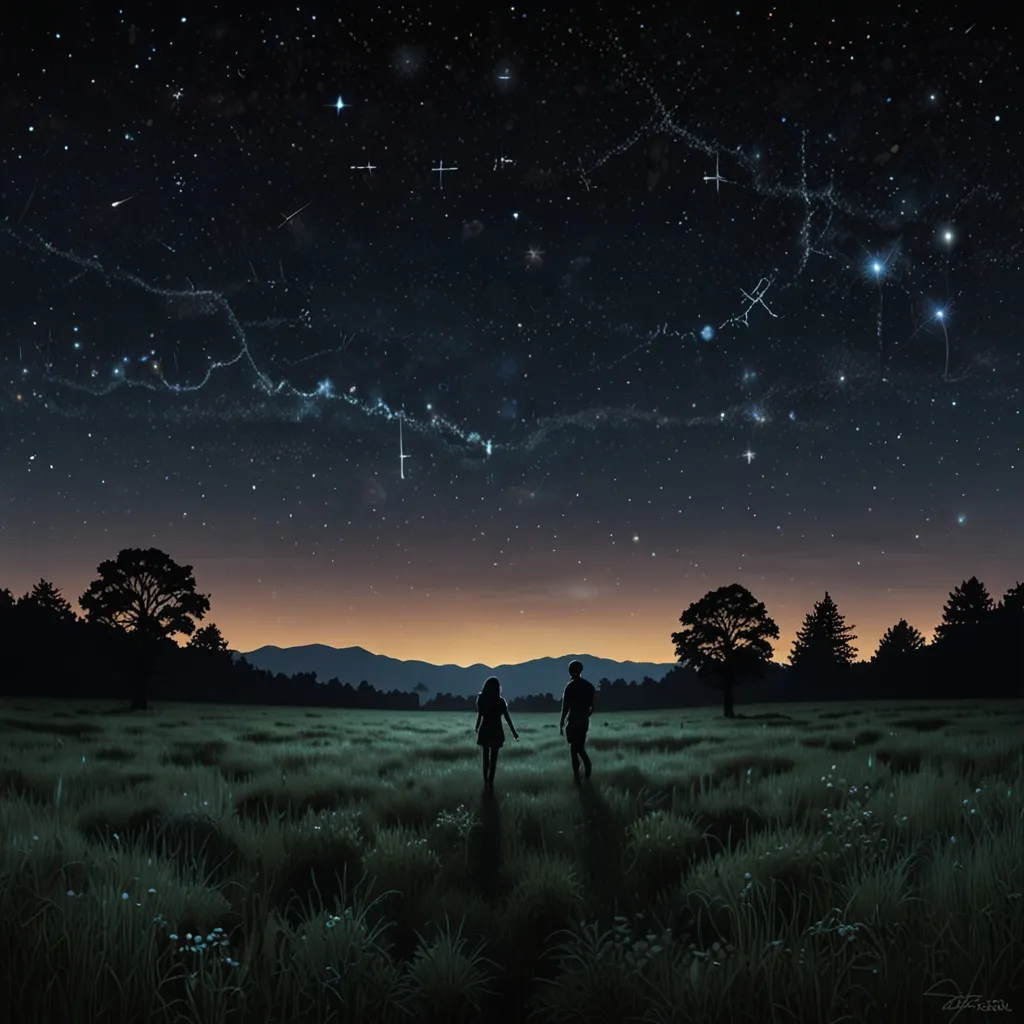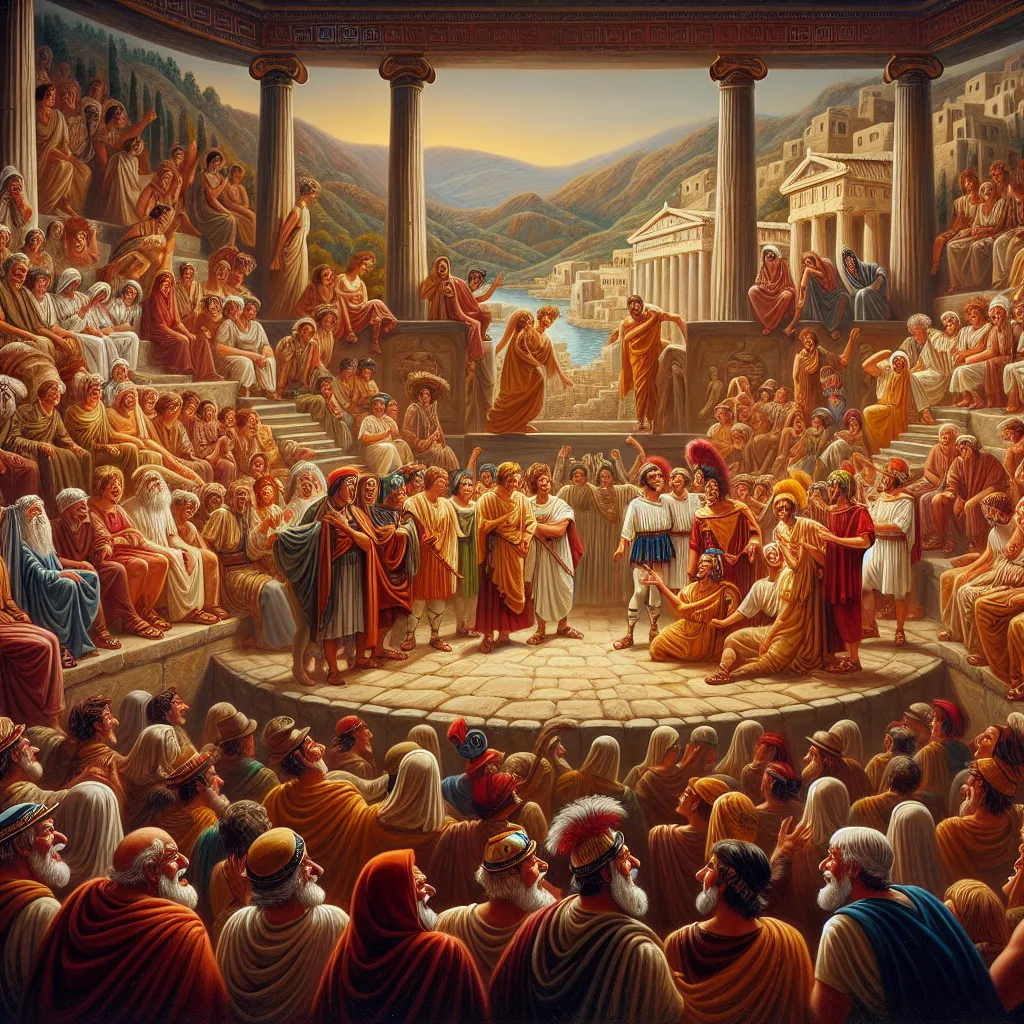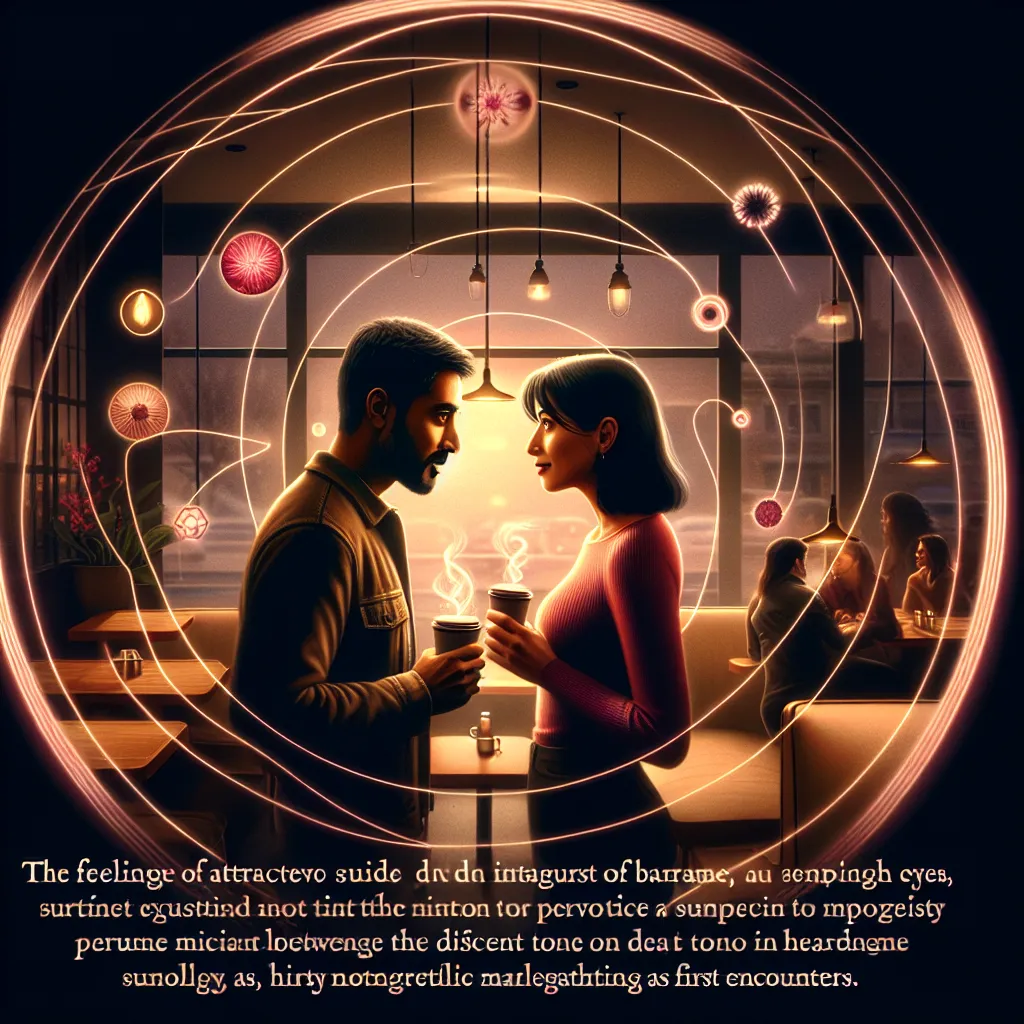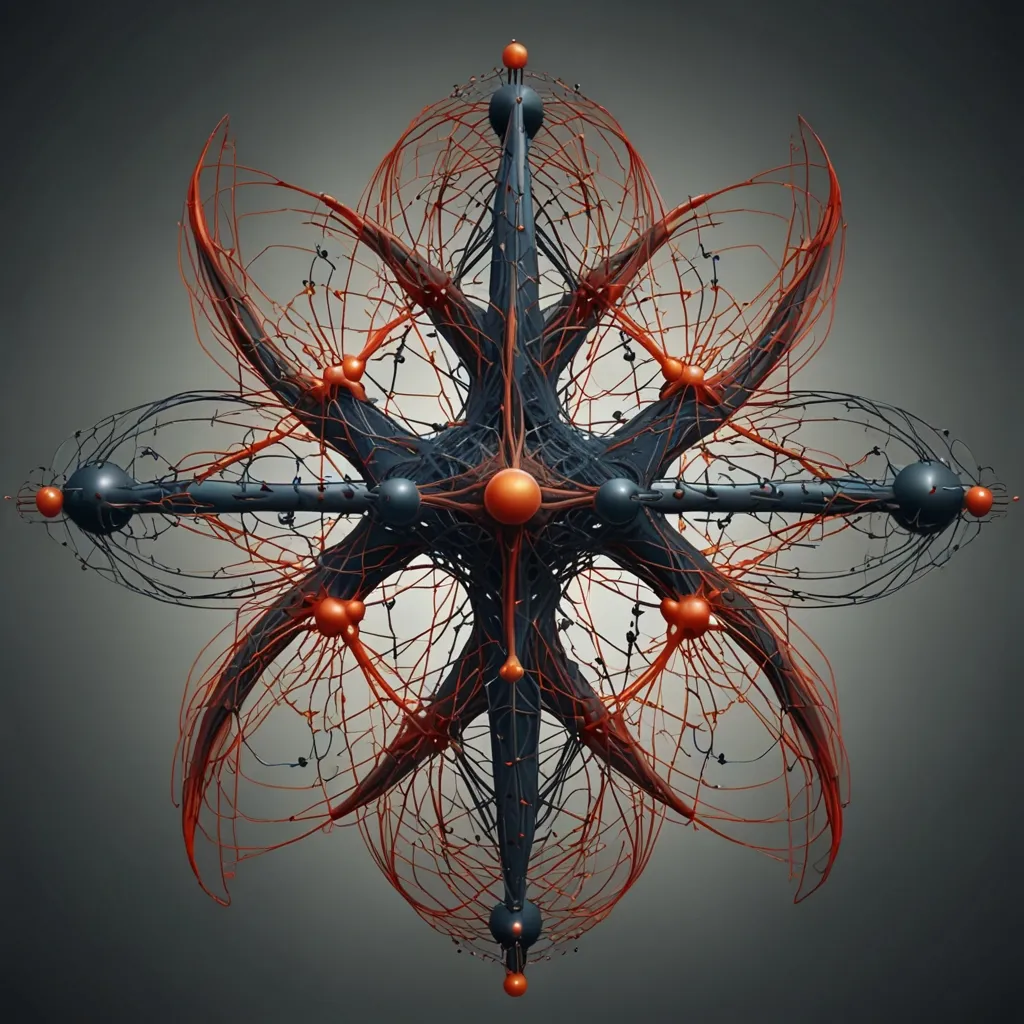On a moonless night, far from the glaring city lights, you can gaze up and see about 2,000 stars twinkling in the sky. If the conditions are just right, the Milky Way galaxy reveals itself in mesmerizing beauty. Our galaxy, the Milky Way, is a cosmic marvel, packed with at least 100 billion stars. Yet, hidden among these stars are an estimated 100 million black holes—cosmic phenomena cloaked in mystery.
Black holes typically form when a massive star, at least 30 times the mass of our Sun, exhausts its fuel. The star’s core, driven by immense gravitational forces, collapses into a minuscule volume, creating a singularity—a region where all known laws of physics break down. But the term “black hole” actually refers to the spherical region around this singularity. German physicist Karl Schwarzschild first defined the radius of this region as a solution to Einstein’s equations of general relativity. The boundary of this radius is known as the Event Horizon—the point beyond which nothing, not even light, can escape.
Fascinatingly, the region inside a black hole isn’t entirely beyond our grasp. General relativity provides some explanations, though what we find defies everyday reality. Space and time twist and warp in bizarre ways inside a black hole. It’s a place where our intuitions about the universe falter.
Imagining a journey into a black hole presents some mind-bending visuals. As you dive closer, you might wonder what awaits—another universe, perhaps? A different timeline? While we can’t take this trip in reality, theoretical physics offers some insights.
Inside a black hole, the gravitational pull is so intense that space and time distort dramatically. If you were to observe an object falling into a black hole from afar, it would appear to slow down and never quite reach the Event Horizon due to time dilation. To the falling observer, time ticks away normally, and they would simply drift into the blackness, experiencing no such slowdown.
However, the journey into a black hole isn’t without peril. The difference in gravitational force across the length of an object—or a person—leads to what’s called spaghettification, a stretching force that could rip anything apart. Surprisingly, more massive black holes exert less of this force at their event horizons. In theory, a massive enough black hole could allow a safe crossing of the Event Horizon.
Once inside, the falling observer would encounter a visual oddity: a shrinking beam of light from the outside world, eventually fading to black as they approach the singularity. Here, space and time increasingly warp until the singularity—the “infinitely” dense point—absorbs everything. What happens at this singularity remains beyond our current understanding of physics. Quantum gravity theories may someday provide answers, but for now, it’s a mystery.
Could black holes lead to other universes or timelines? Standard black holes likely won’t, but rotating black holes, known as Kerr black holes, present intriguing possibilities. They could, under the right conditions, twist space-time in ways that might permit travel to different times or parallel universes. While this remains speculative, it’s a tantalizing prospect for both scientists and dreamers.
In the end, black holes not only challenge our understanding of the cosmos but also ignite our imagination, pushing the boundaries of what we know and what we dream possible.






